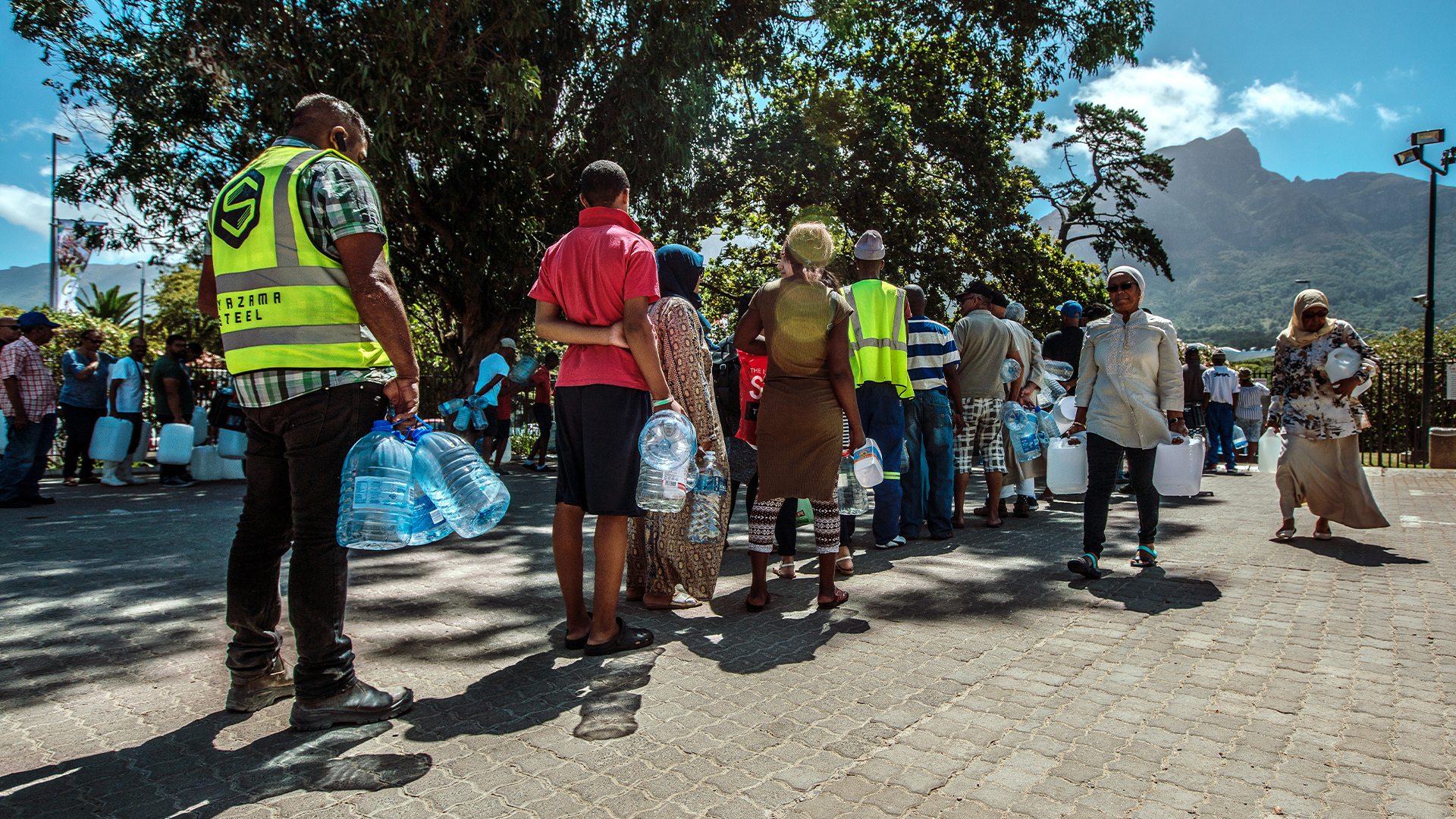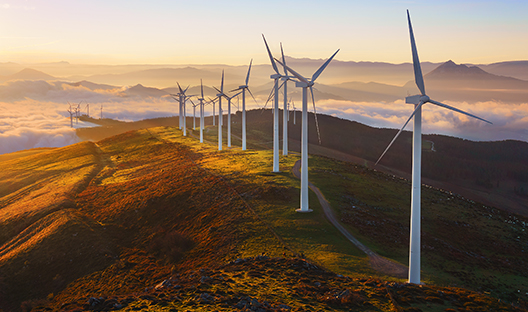Get Focus insights straight to your inbox
Water is foundational in supporting life on our planet. As humans, we have a critical dependency on water to meet our direct and indirect needs. Our natural environment, biodiversity, animal life and even clouds depend on it. Water is both our life source and our life force, covering 71% of Earth’s surface. 97% of the earth’s water is found in the oceans, which is too salty for our consumption and can’t be used to grow on for most industrial uses. This leaves just 3% of earth’s total water supply as fresh water for our uses.
As water is a precious and fundamental building block to humans and Earth today, the sustainability of water and water management are becoming increasingly important considerations globally. The Sixth United Nations Sustainable Development Goal aims to capture the importance of water and its targets aim to ensure availability and sustainable management of water and sanitation for all. The goal aims to expand water and sanitation support to developing countries as well as sustainable management of water in developed countries.
Historically, water has played a defining role in the formation of civilisations, which were built and flourished around key water sources. Ancient Egypt was built alongside the Nile, a number of civilisations arose along the Tigris and Euphrates Rivers (Mesopotamia) and Rome was built on the banks of the Tiber River. This pattern has continued throughout the development of the world and many thriving cities today have been established on or near water sources, for example, London, New York, Paris and Shanghai.
Water comes from various natural sources including the land, rivers, lakes, oceans and air. With over three quarters of the Earth’s surface covered by the oceans and seas, the limited fresh water supply is further reduced by a large portion of the fresh water sources still being locked up in glaciers, for example. Surprisingly, accordingly to research, there may well be sufficient fresh water on the planet to achieve access to clean water for all, however the way in which we manage and preserve this supply is critical in achieving this. Our current water usage and management is suboptimal, which means that by 2030, there will be a 17% shortfall between how much water we need versus how much water is available, according to estimates. Pressure on our water sources doesn’t only impact humans but also creates pressure and stress on biodiversity in the global ecosystem.
Our current water usage and management is suboptimal, which means that by 2030, there will be a 17% shortfall between how much water we need versus how much water is available, according to estimates.
Many countries, South Africa included, rely on rainwater to replenish water supplies. However, with the increase of global warming and the change to weather patterns, rain levels are becoming more and more unpredictable, unevenly distributed and decreasing in many cases. The interconnectedness of the environment, our lives and livelihoods mean that water management is not only important to meet our basic needs – it is equally important to avoid water shortages, which can have a serious impact on farming and food security.

Outside of human consumption, the agricultural sector is a large consumer of water for global food production. As the global population grows, the need for food increases and puts direct, increased pressure on the demand for water and consequently the importance of sustainable water practices. Poor water management leads to a degradation of water quality, which in turn can be deadly. It is estimated that as many as five million deaths a year are attributable to water related diseases such as cholera. Communities are inhibited by the lack of access to clean water, often requiring women to walk far distances to obtain dirty water from open water sources. This not only takes hours away from their families, but also impacts their health, hindering their children’s ability to attend school as well as affecting their ability to work or grow their own fruit and vegetables.
Poor water management leads to a degradation of water quality, which in turn can be deadly. It is estimated that as many as five million deaths a year are attributable to water related diseases such as cholera.
In addition to the threat of disease to water safety, bad waste disposal-related management has also directly impacted water quality due to chemicals and other harsh materials contaminating drinking water. Strict water management policies are critical to ensure that water management becomes a key focus across industry and business. Good water management not only saves lives but also limits the adverse impact on biodiversity.
Water scarcity affects more than 40% of the global population and is projected to rise. Not surprisingly, the Covid-19 pandemic has increased the importance of water and good sanitation. Scientists and doctors unilaterally agree that handwashing and access to hygiene services is one of the most effective tools in fighting the pandemic and curbing the spread of the virus. However, with so many people globally impacted by a lack of basic water and hygiene, the impact of the pandemic is inevitably higher in poorer areas.
South Africa is a water scarce country. This means we don’t have enough fresh water to sustain our growing needs. The big picture is often hard to comprehend, but for the people across the Western Cape water scarcity and water management became their key focus in 2018, as Cape Town came very close to ‘Day Zero’, the day the city would run dry and not have enough water to meet its basic needs.
Cape Town may have avoided 'Day Zero' for now, but if we don’t all start taking active steps to ensure sustainable management of our limited water supplies, Day Zero could become a reality for all of us. While the practices put in place to avoid Day Zero may be forgotten, they could be critical for longer-term water preservation. Most importantly, it requires us all to be part of the solution in preventing this becoming our reality.
There are various campaigns globally to become “water wise”. Water wise means rebasing your lifestyle choices on the reality that water is a finite, precious resource. Using less water will also help to reduce the greenhouse gases released from collecting, treating, and supplying clean water, while also potentially lowering your water bills. Here are some easy steps for you to take today to become waterwise and to start actively contributing to SDG 6:
- Reuse your glass and mug to use less water.
- Take shorter showers and use a bucket to catch water.
- Check your taps for leaks as part of our household maintenance routine.
- Install aerators and flow-reducing valves on your taps.
- Install a geyser blanket for insulation.
- Practice water wise gardening by irrigating your garden early in the morning or after sunset to reduce evaporation.
- Turn off taps when brushing your teeth.

Responsible Investing and Sustainability at Investec Wealth & Investment
As Sustainability is core to our fundamental investment approach, we have integrated ESG considerations into our investment decision making and broader investment process.




